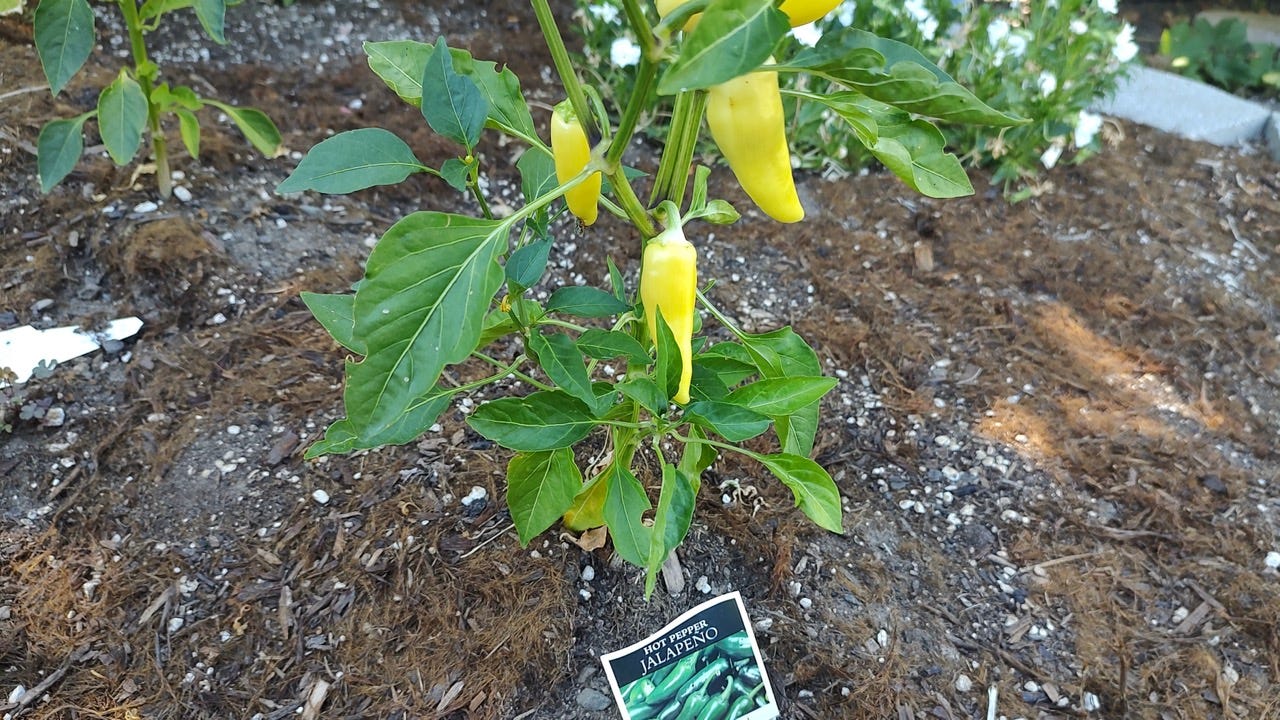
In today’s newsletter podcast, Debbie Arrington of the publication, “Sacramento Digs Gardening”, discusses why jalapeño pepper as well as other pepper seeds and plants may have been mismarked this year. Read her original story on the topic here.
Did you ever grow a plant that wasn’t what you thought it would be, due to a mismarked tag or a seed packet that was incorrectly packed? It happens every year, with varieties of annual or perennial ornamentals that do not produce the exact color flower that was promised, or a vegetable variety that looks and tastes slightly different. Or, it could be the home gardener who saves seeds and grows them out in the following years. In that case, “home operator error” could be to blame, due to a mixup while sorting personal collections of harvested seeds, or attempting to save certain hybrid seeds that have a high probability of producing something different in the subsequent growing seasons. Or, it could have resulted from a surprise in the mail after placing a seed order, especially in a marketplace such as Amazon, Etsy or another vendor that you know very little about.
A few years ago, I was on the hunt for a particular gaillardia, also known as blanketflower. The particular variety I was searching for was “Arizona Apricot”. This red-yellow colorful perennial (or annual, in colder climates) puts on its best show of daisy-like flowers in the summer.
I finally found a source for this particular seed via Amazon. Imagine my surprise when the seed arrived, in a nondescript small plastic bag, labeled “Gaillardia seed from Qatar.” Qatar? What the heck, let’s try it. When it blossomed the next summer, it was not “Arizona Apricot.” Oh well, an inexpensive mistake on my part, shopping in a lightly regulated, on-line marketplace.
But imagine this scenario playing out on a much larger scale: an American seed distributor who purchases seeds overseas for their clients here, which include home gardeners, wholesale and retail nurseries, as well as farmers growing particular varieties for restaurants and canneries. That is the current situation in the world of Jalapeño peppers - as well as a myriad of other vegetable and ornamental seeds - where seeds grown overseas (in this case, some suspect China) were mixed up before shipment. And it’s only after the plants grown from those seeds started fruiting that the alarm bells went off.
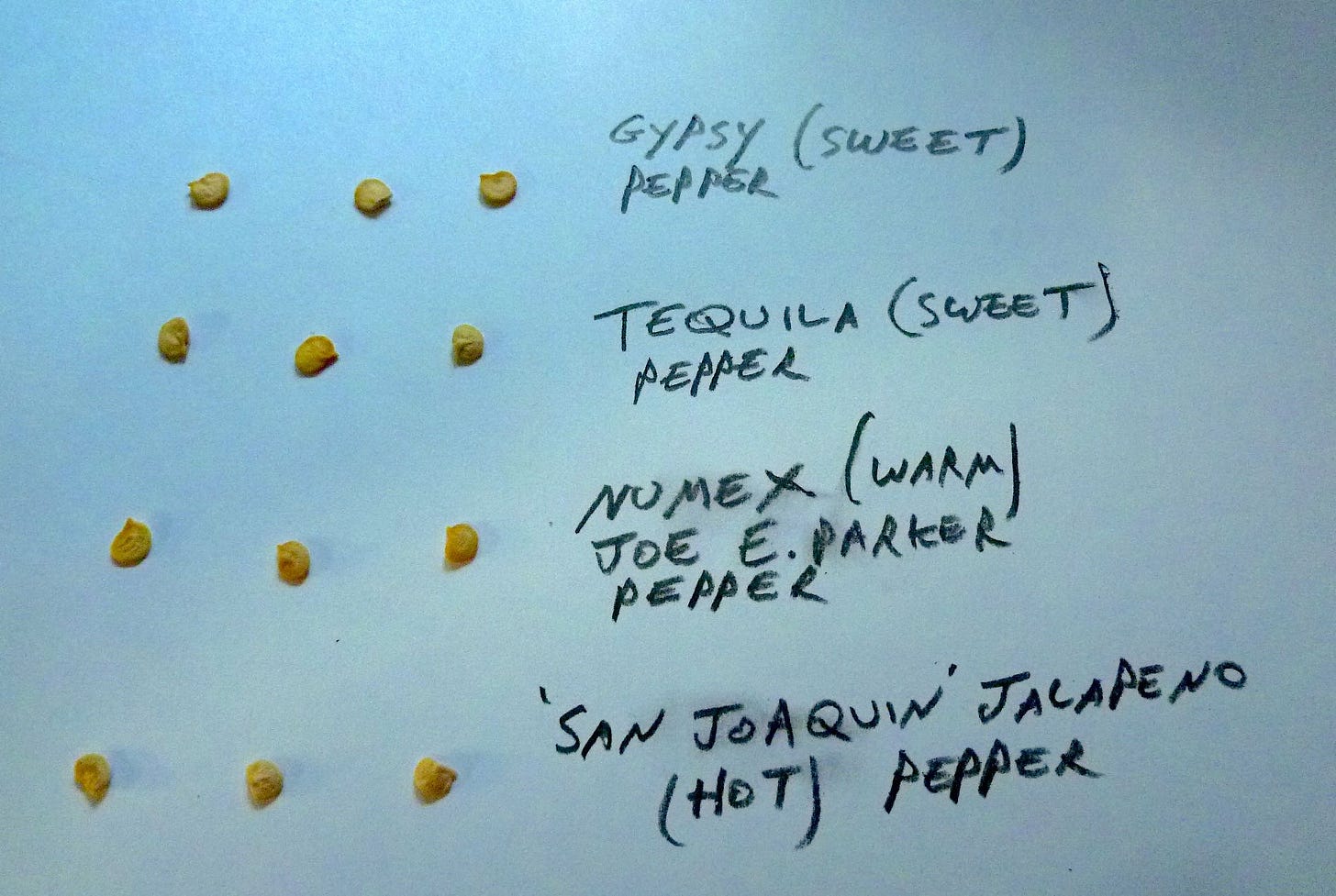
Right now, there appears to be five mislabeled pepper plants - hot as well as sweet - that have ticked off home gardeners in 14 states (or more, by now) and sent larger shockwaves among those in the business of buying, selling and growing those pepper seeds.
John Porter is a University of Nebraska Cooperative Extension Urban Agriculture specialist who wrote about this brouhaha from a Midwest perspective for the Garden Professors website. His research brought out this information:
Getting a sweet banana pepper instead of a Jalapeño ‘Tam’, for the home gardener, is a disappointment. But for the home gardener growing sweet bell peppers, to have a “Purple Beauty” pepper turn out to be a Hungarian Hot Wax pepper could instigate a mad dash to the kitchen for a glass of burn-soothing whole milk (Pro tip: whole milk or ice cream douses the heat after eating a too-hot pepper; drinking water spreads the heat). But, then again, a gardener with any sort of wariness to hot peppers should not be taste-testing an elongated yellow pepper when they were expecting a blocky purple bell pepper.

For your future reference at pepper tasting parties:
It’s a Small World, After All
As you might imagine, American growers are concerned about the future for seed mixups. Was this a one-off event, or will we see more of this in the years ahead? Michael Fiore of Smith’s Gardentown nursery in Wichita Falls, Texas is worried, and has some practical advice: save your own seed.
Seed Security: It’s a Real Problem in China
The Wall Street Journal, in a July 24, 2023 story, brought up an interesting angle to JalapeñoGate, without mentioning it: Corruption in the Chinese Seed Trading Business. The article states:
“(Chinese) Officials say the goal is to stop the proliferation of fake and substandard seeds that could jeopardize food production and safety, while punishing officials, merchants and farmers who siphon agricultural subsidies and peddle low-grade seeds.
The Farmers’ Daily newspaper cited a case where a seed company paid more than 80 local officials to sell substandard seeds across nearly 30 villages in the southwestern province of Sichuan, causing ‘severe losses for farmers’ who found that the seeds germinated at a rate far below state benchmarks.”
Bottom Line: Learn the basics about seed saving.
“It’s the Best Garden Event in Northern California!” (I said that)
Harvest Day at the Fair Oaks Horticulture Center
Saturday, August 5, 8am-2pm. Free!
Debbie Flower and I will be talking about “Garden Tips to Save Time, Money and Water” at Harvest Day at 830 am. The Fair Oaks Horticulture Center is located at 11549 Fair Oaks Blvd, in Fair Oaks Park, Sacramento County, California. Hope to see you there! More details here. Presented by the U.C. Master Gardeners of Sacramento County.
Thank you for also listening to the Garden Basics with Farmer Fred podcast! It’s available wherever you get your podcasts. Please share it with your garden friends.
Fred Hoffman is also a University of California Cooperative Extension Master Gardener in Sacramento County. And he likes to ride his bike.




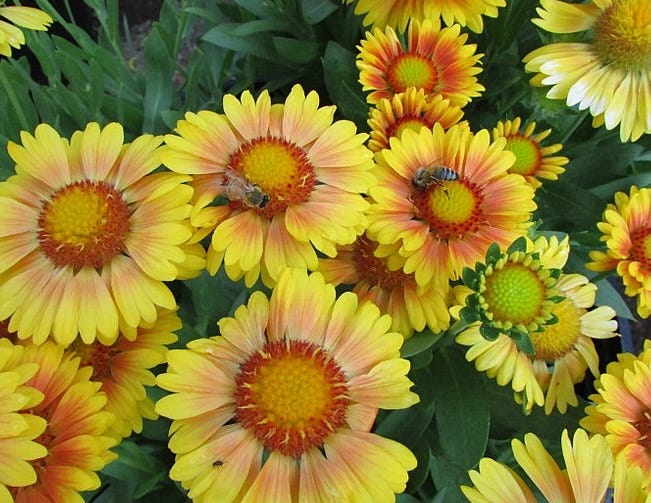
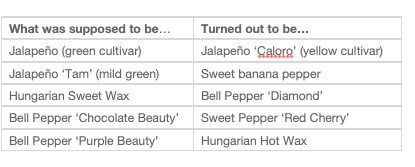
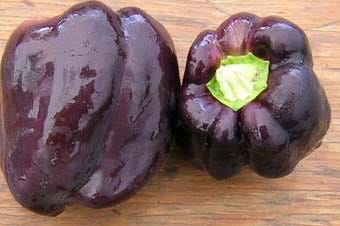

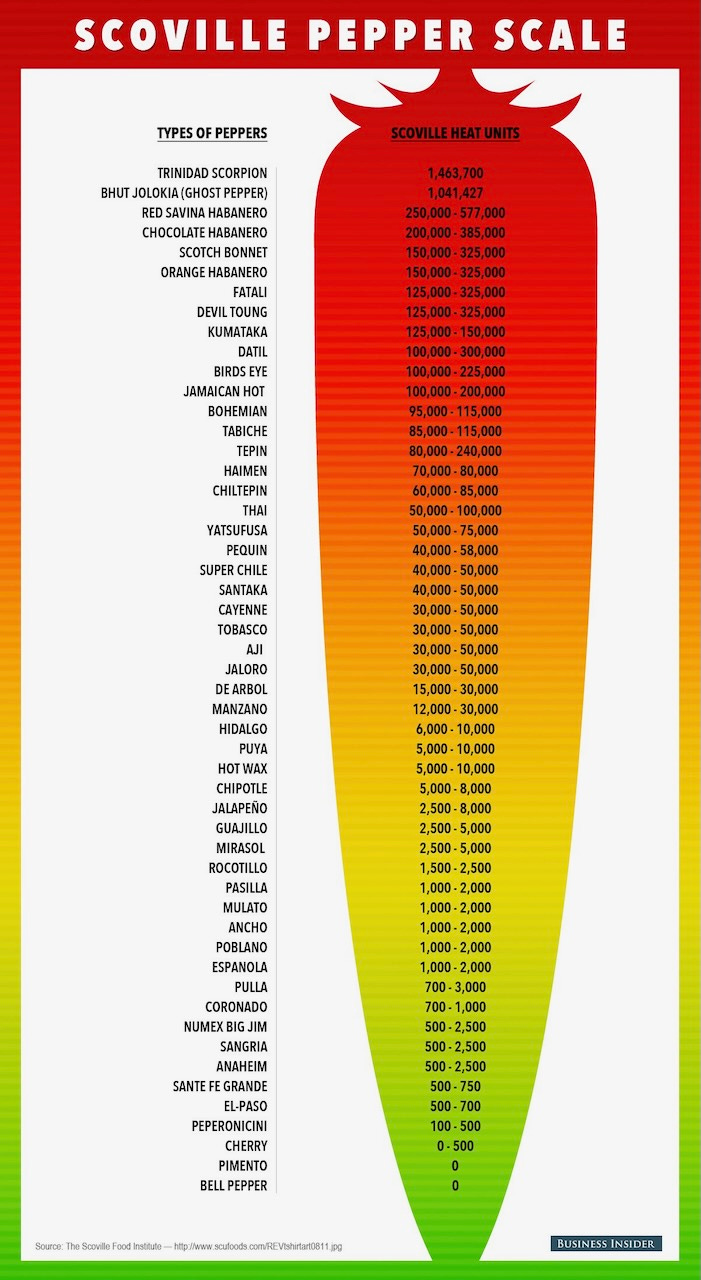





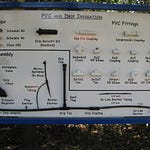

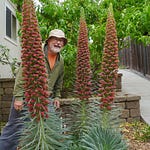

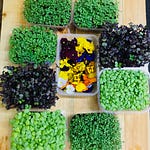
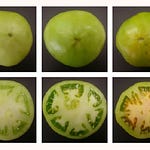

Share this post